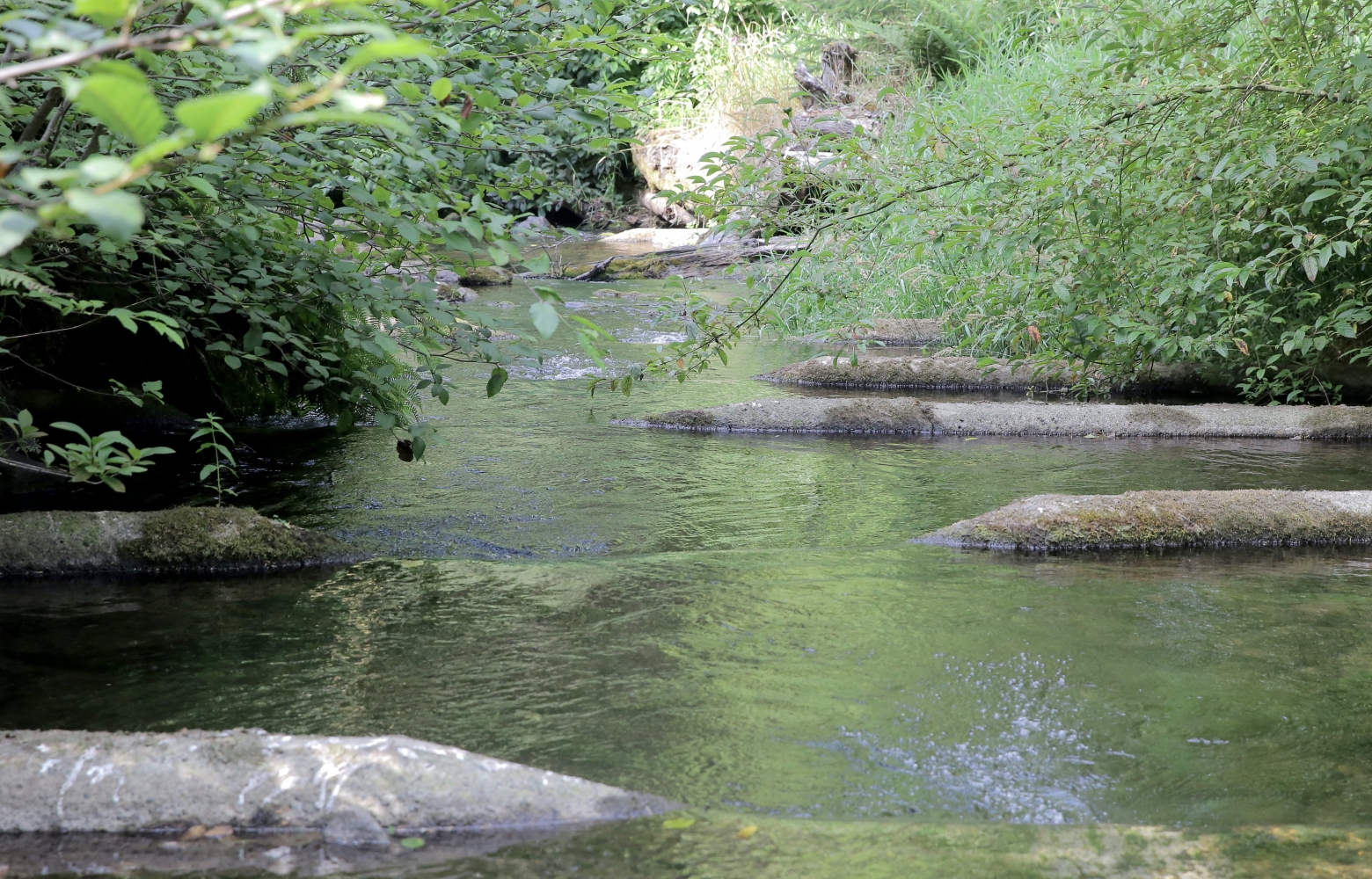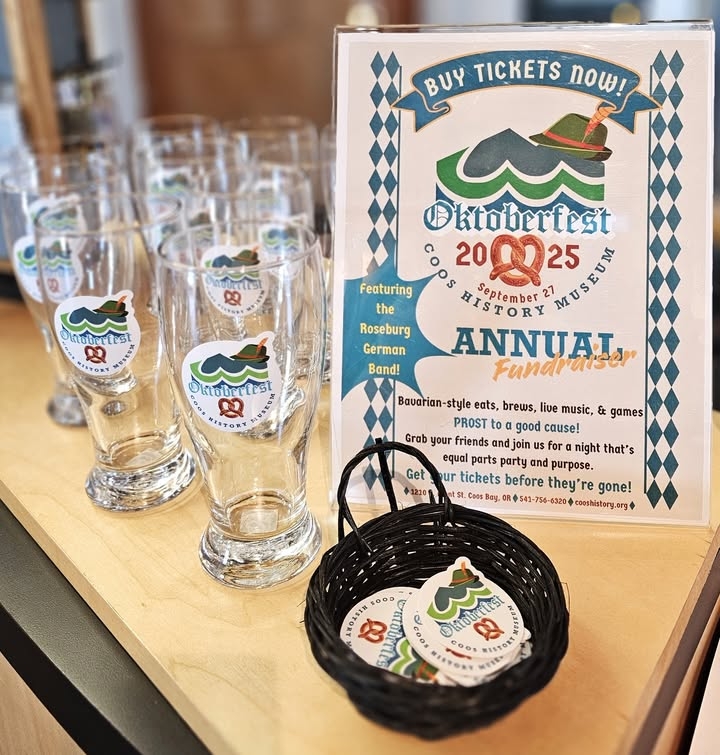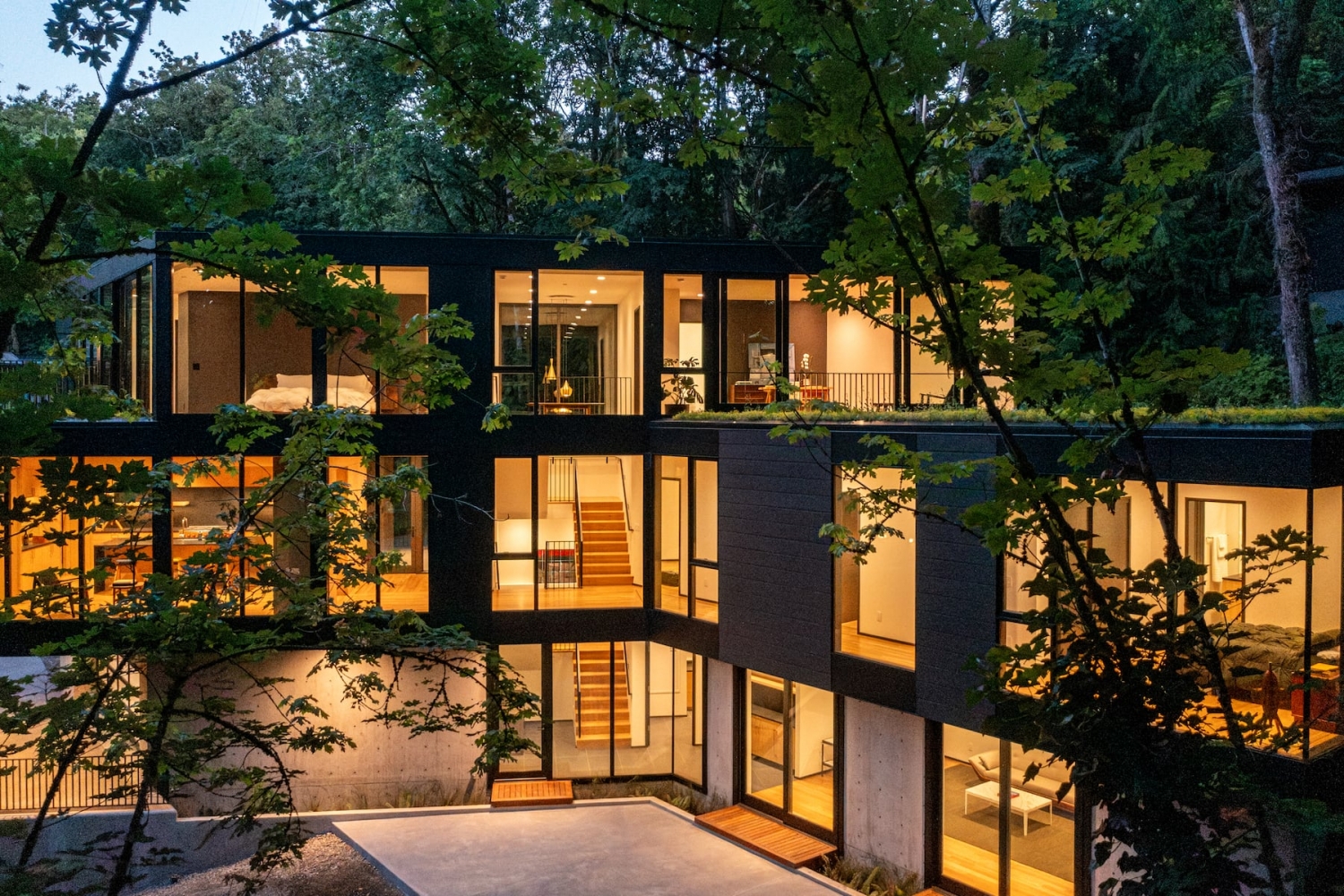

Published on: 08/25/2025
This news was posted by Oregon Today News
Description

During the summer of 1978, in the small coastal town of Neskowin, Oregon, residents started falling sick. Over the course of one month, about 170 people were struck with a gastrointestinal bug.
Health authorities blamed the water.
But there was no single regional water district to investigate. Instead, local families had banded together to tap ponds on higher ground or pull water straight out of Hawk Creek.
It was the 1970s. The environmental movement was in full swing and Congress had passed the Safe Drinking Water Act, meaning the feds were cleaning things up.
“It was one of the first lawsuits by the EPA on a private water system, that resulted in the combination of all these private, individually owned water systems into one public water system,” said Troy Trute, who now manages the Neskowin Regional Water District.

Trute explained in simple terms that Hawk Creek flows into the drinking water plant through big metal grids, designed to screen out sticks and rocks. The water then flows through filters that Trute cleans once a month to keep out bacteria and other pathogens. Then chlorine is added to kill germs and stop the spread of disease.
“They like to call it, which is kind of a weird word for it, a prophylactic,” he laughs. “You don’t want to associate that with water, right?”
Trute then balances the water’s acidity, so it doesn’t leach the lead out of faucets or cause other damage. And then the water is pumped up to several small reservoirs above town, where it can run down to Neskowin’s faucets via gravity.
“That’s the most basic version of how it’s done,” Trute said.

But there are subtleties to the job that few people think about when they pour a glass of water.
The job can be political. There’s always talk bubbling about adding fluoride to the water to strengthen tooth enamel. Neskowin and most Oregon water districts do not fluoridate.
Portland to resume construction of Bull Run water filtration plant following land use dispute
Trute also has to keep in contact with the local timber companies, so he knows when they’re cutting trees down or using herbicides.
“We literally will schedule around that,” Trute said. “To not pull water in during when they’re spraying, and then during the first rain event afterwards.”
Trute’s personal cell is also listed on the district’s webpage.
“On the message it says ‘emergency only,’” he laughs. “Well, what’s defined as an emergency? They think there’s gonna be an issue. Well then they call.”

Such personal service means Trute knows most of the families in Neskowin, some of whom own substantial swaths of land in the watershed.
Trute said it’s that kind of relationship that helped the water district protect its first slice of watershed a few years ago.
One family, the Kowalskis, agreed to donate a key, 51-acre parcel of land where two tributaries of Hawk Creek come together, and from where the district draws its water.
“These people are being very good to the community,” Trute said.
21st century water management
Trute added that nowadays Neskowin’s drinking water is under increasing pressure due to climate change and development, and that’s why the town wants to buy and protect its entire watershed.
Neskowin just won a grant from the Drinking Water Source Protection Grant Program, a new effort created by the Oregon Legislature. Neskowin, Reedsport, Rockaway Beach, The Dalles, Port Orford and Rhododendron will all split $5 million to protect their watersheds.
How community forest management can help Oregon cities protect their drinking water
The first step is to use the money to leverage matching grants from federal agencies like the U.S. Forest Service and the Environmental Protection Agency.
Dylan Kruse, with Sustainable Northwest, thinks the new program will help Oregon’s small towns protect their drinking water for posterity.
“Between climate change, conversion pressures where forests are cut and developed, seasonality, we’re seeing a lot more recreation and tourism, and people really hitting those drinking water areas harder,” Kruse said. “And then there are things like drought.”
He believes the program will give nature time and space to do what it does best: to create clean, fresh water.
“Because when we lose those areas, what happens is these communities are forced to put in these very expensive water treatment facilities that they can’t afford and are very difficult to finance,” Kruse said.
The Neskowin Regional Water District is working to buy three parcels of timberland totaling 121 acres.
It’ll gradually turn the land back into something resembling an old growth forest. That is: a collection of many different tree species at different ages — rather than a monoculture — with a spongy forest floor of old needles and moss, where water can seep in slowly, instead of running off quickly and carrying away the topsoil.
Portland pauses $2 billion water filtration plant pending land use dispute
But buying land is no guarantee. Families and big timber companies can be reluctant to sell, keeping their holdings for the benefit of both their own future generations and their shareholders.
But longtime Neskowin resident Lana Kowalski and her family are considering parting with 80 acres for the town. She inherited the land from her parents who arrived there in the 1930s.
“They were young and came from Texas on their honeymoon and they saw the wonderful, beautiful trees in Oregon,” said Kowalski. “They called and said, ‘We’re not coming home. We love Oregon.’”
Her father got into logging and started buying land. He’d cut it, plant it, wait for it to grow again, and then repeat the process. Kowalski said she has been approached many times to sell. But she always said no, until the water district.
“In Neskowin, many people have been there a long time and know each other and respect each other and there’s lots of friendships,” she said. “We help one another. So we wanted to do our part.”
Kowalski thinks that Oregonians have largely taken their water for granted.
“It’s wonderful to have it and it still, to me, tastes better than any other water I’ve had in the world,” she said.
Extreme wildfires threaten the Portland area’s drinking water. It’s not alone
Drinking water sources
Clean drinking water, even from very established sources, is a long-term commitment. And different parts of Oregon are having to face decisions.
Earlier this summer, the Salem City Council unanimously approved an emergency declaration related to drinking water. City officials fear a drawdown next year of the Detroit Reservoir upstream couldcause a drinking water shortage.
Back in Neskowin, if its land buy is successful, it’ll own about 10% of the 1,500-acre watershed. Troy Trute thinks it could take another decade to protect another 10%.
But he said if there’s one thing the Neskowin Regional Water District has, it’s time.
“We have all the time in the world,” Trute said. “Much longer than I have. Much longer.”
So, in perhaps 100 years, Neskowin and many other small Oregon towns will own their drinking water sources and be surrounded by forests that are gradually turning into old growth.

News Source : https://www.opb.org/article/2025/08/25/oregon-towns-buy-drinking-watersheds/
Other Related News
08/27/2025
Caldera Arts said in a statement that the employee was terminated immediately and that the...
08/27/2025
Weston Halsne a fifth grader whos just 10 years old told reporters a friend saved him by l...
08/27/2025
Get ready for Oktoberfest Grab our limited-edition pint glasses and fun stickers to show ...
08/27/2025
A storied steel-and-glass luxury dwelling the latest addition to WilliamKaven Architecture...
08/27/2025










